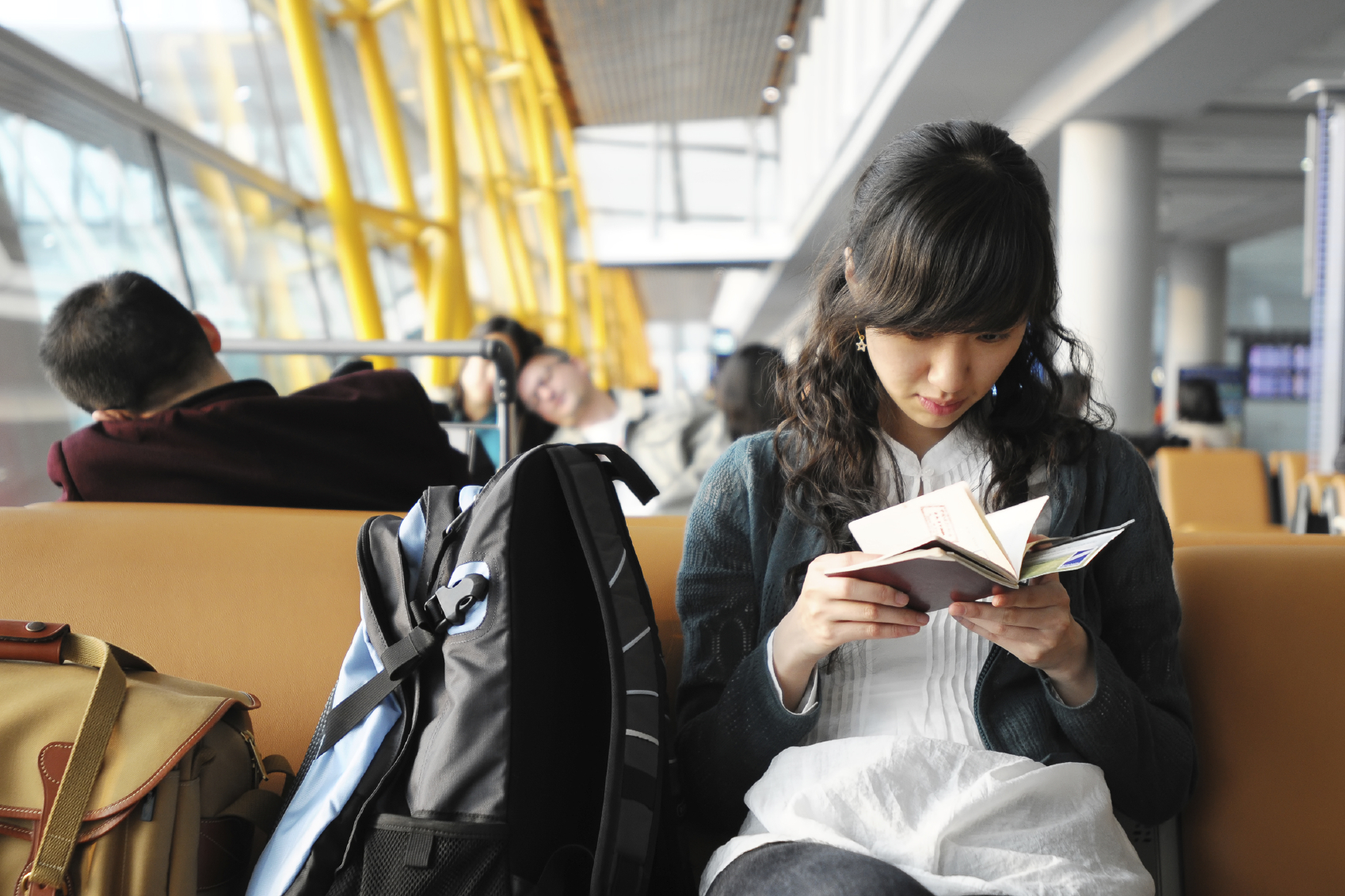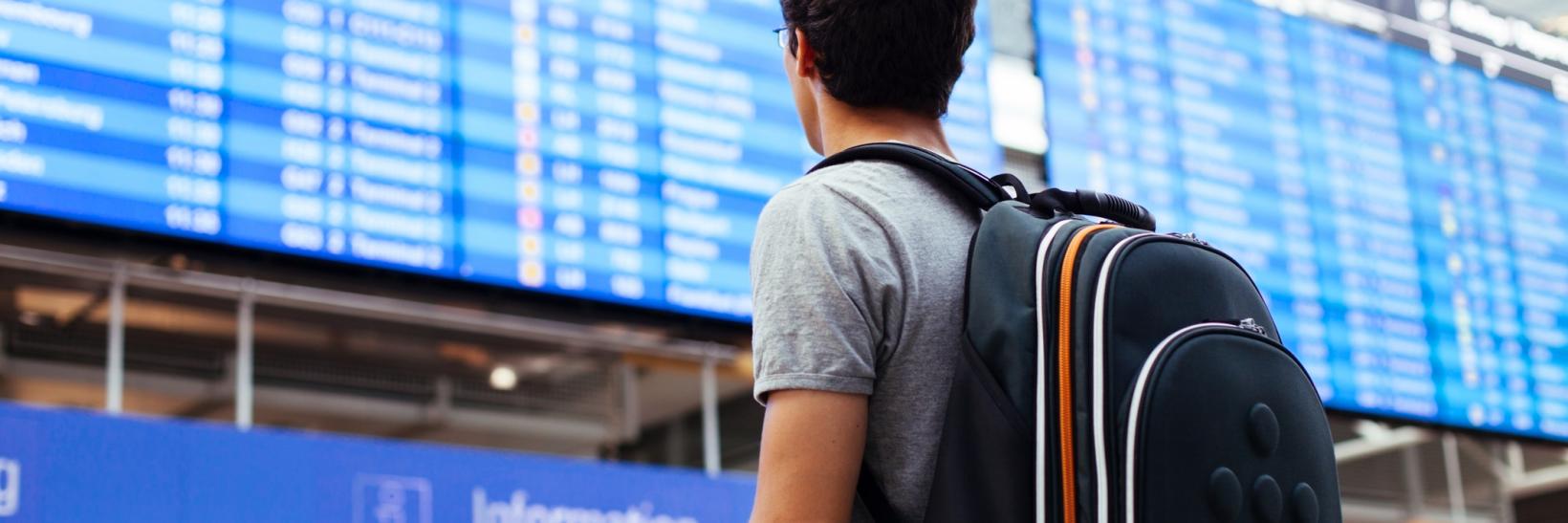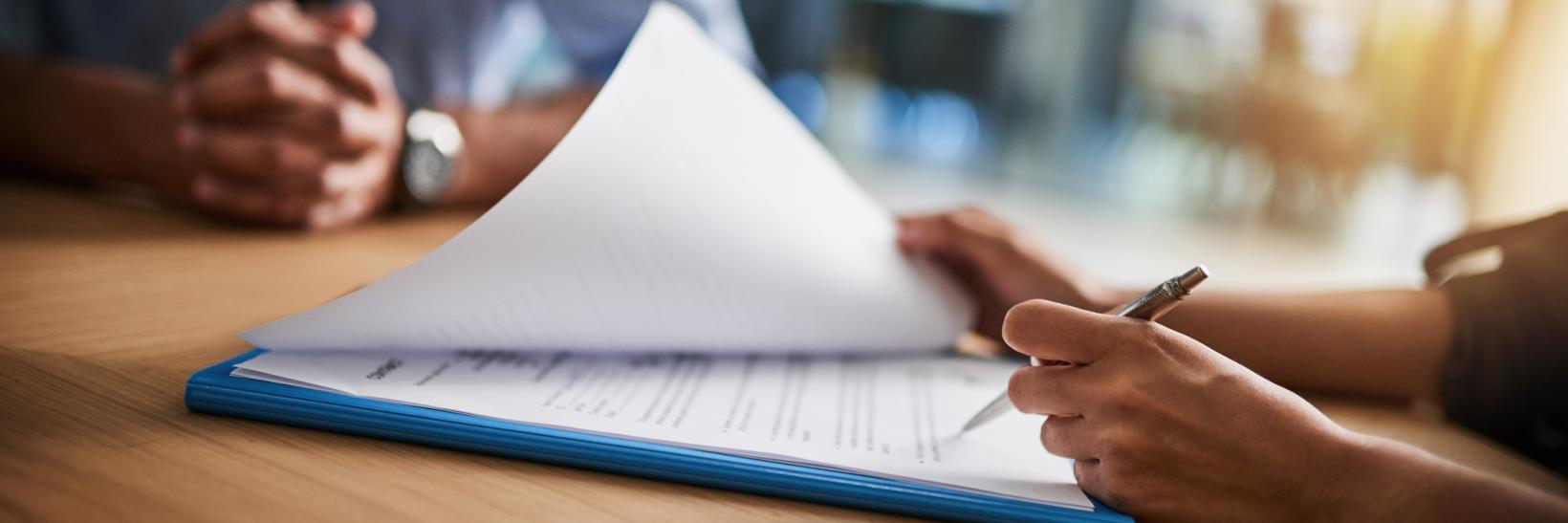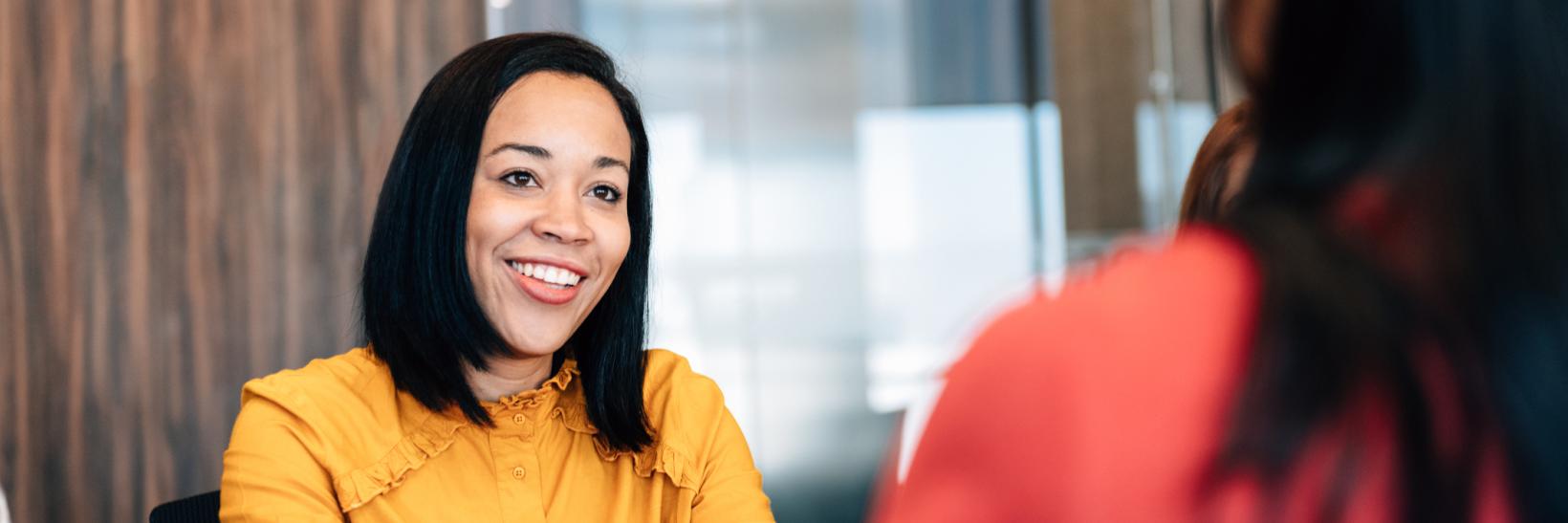Note: On Nov. 1, 2021, the Student and Exchange Visitor Program (SEVP) published SEVP Policy Guidance: Use of Electronic Signatures and Transmission for the Form I-20, outlining the procedures for the use of electronic signatures and transmission of the Form I-20, “Certificate of Eligibility for Nonimmigrant Student Status.” Read the guidance.
To study in the United States, you must be accepted to a Student and Exchange Visitor Program (SEVP)-certified school, pay the required fees and have a valid visa issued by the U.S. Department of State (State Department).
To obtain a visa, you must apply online and then schedule an appointment for a visa interview at a U.S. embassy or consulate in your home country. At the interview, a U.S. consular officer will determine if you are permitted to receive a visa and travel to the United States. For international students, the State Department issues either an F-1 visa or an M-1 visa. Exchange visitors receive a J-1 visa.
Before your visa interview, make sure that you print and bring:
- Your original Form I-20, “Certificate of Eligibility for Nonimmigrant Student Status,” with an ink signature
- Your passport
- Form DS-160, “Nonimmigrant Visa Application,” confirmation page
- Department of State visa application fee payment receipt, if you are required to pay before your interview
- A photograph that meets all photograph requirements for a U.S. visa
During your visa interview with the consular officer, you must establish that you meet the requirements under U.S. law to receive a visa. Digital fingerprint scans are a part of the application process and may be taken during your interview. After your visa is approved, you may need to pay a visa issuance fee, depending on your nationality.
A U.S. visa allows you to travel to a U.S. port of entry. When you arrive at the port of entry, U.S. Customs and Border Protection will determine if you can enter the United States.
For more information and step-by-step instructions on applying for a student visa, visit the Student Visa page on the State Department Bureau of Consular Affairs website.





